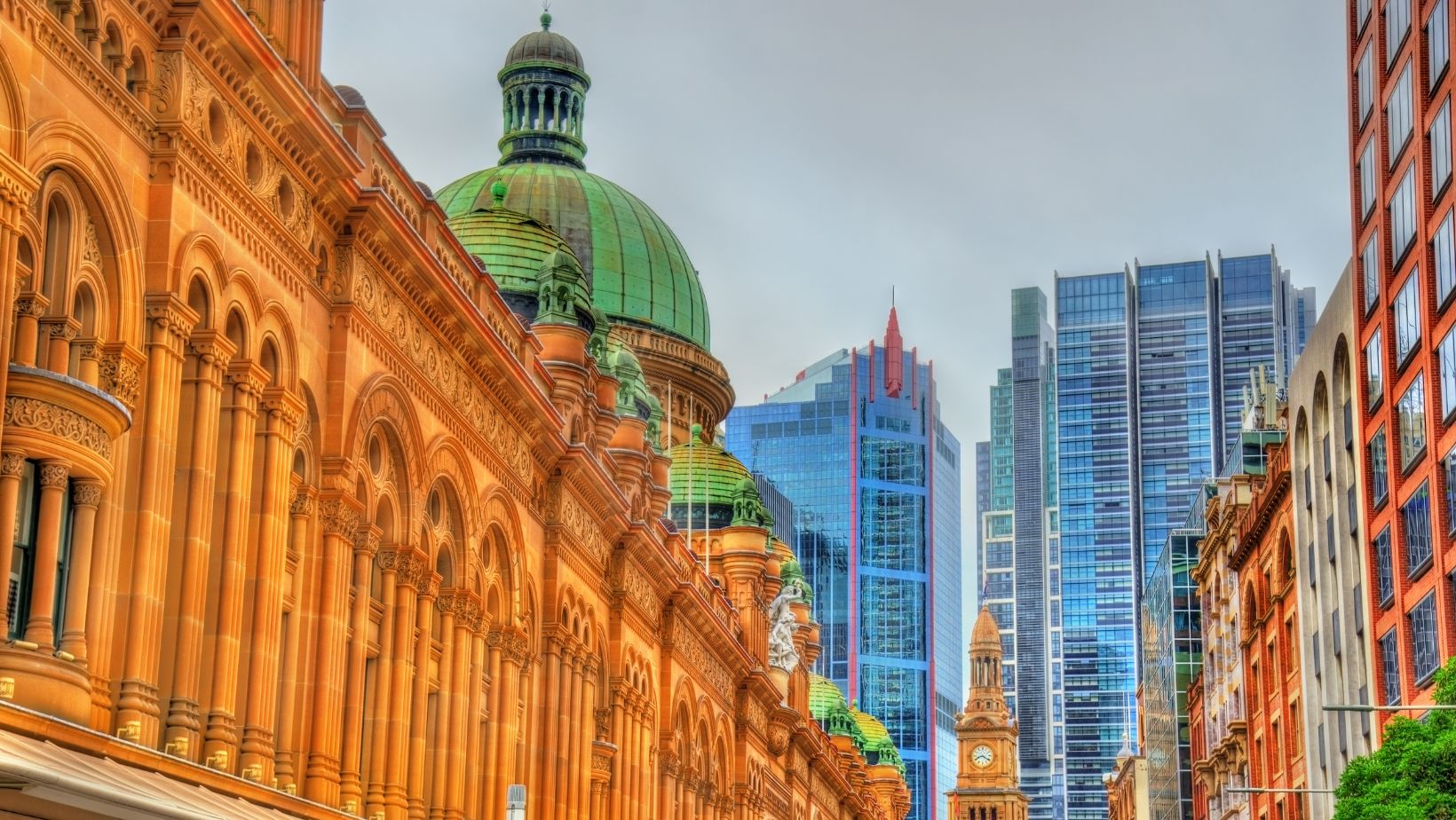Nestled in the heart of the Carolinas, Charlotte, often dubbed the Queen City, boasts a vibrant cultural scene that’s attracting attention from all corners. From its eclectic art galleries to its dynamic music festivals, the city pulses with creative energy. It’s no wonder culture vultures are flocking to explore its rich tapestry of experiences.
Queen City Culture Vultures

Charlotte, dubbed the Queen City, draws its name from Queen Charlotte of Mecklenburg-Strelitz, wife of King George III of England. Founded in 1768, the city’s rich history intertwines colonial roots with its evolution into a major commercial hub. The discovery of gold in 1799 in nearby Cabarrus County spurred Charlotte’s growth, leading to the establishment of the first U.S. Mint branch.
During the Civil War, Charlotte played a critical role in supplying the Confederate Army. Post-war, the city’s focus shifted to manufacturing and textiles, contributing significantly to its economic expansion. By the early 20th century, Charlotte had emerged as a banking powerhouse, eventually housing the headquarters of major financial institutions.
Historical landmarks like the Levine Museum of the New South and the Charlotte Museum of History offer glimpses into the city’s past, showcasing pivotal moments and cultural transformations. The preservation of these sites underscores Charlotte’s dedication to honoring its heritage while fostering cultural growth.
Cultural Impact

Charlotte’s cultural scene thrives on its rich blend of artistic expressions and diverse communities. Institutions like the Harvey B. Gantt Center for African-American Arts + Culture and the McColl Center for Art + Innovation play significant roles in promoting local talent. These venues host exhibitions and events that highlight contemporary art and social issues, engaging residents and visitors alike.
Festivals add to the city’s vibrant cultural tapestry. Events such as the Charlotte Jazz Festival and the Carolina Renaissance Festival draw large crowds, fostering a sense of community and celebrating artistic heritage. The annual QueensFest, another notable event, showcases local musicians, artists, and food vendors, reinforcing Charlotte’s status as a cultural hotspot.
Public art projects dot the city’s landscape. Sculptures, murals, and installations enhance urban spaces, turning everyday areas into artistic hubs. Notable works include the Firebird sculpture outside the Bechtler Museum of Modern Art and murals in the NoDa arts district, making art accessible to all.
Major Events And Festivals
 Charlotte offers a variety of major events and festivals that highlight its cultural diversity. The Charlotte Jazz Festival features internationally acclaimed musicians performing at venues across the city. The Carolina Renaissance Festival takes place in the fall, attracting visitors with medieval re-enactments, artisan crafts, and live performances.
Charlotte offers a variety of major events and festivals that highlight its cultural diversity. The Charlotte Jazz Festival features internationally acclaimed musicians performing at venues across the city. The Carolina Renaissance Festival takes place in the fall, attracting visitors with medieval re-enactments, artisan crafts, and live performances.
Shout! Charlotte celebrates local and national talent across various artistic disciplines, including visual arts, music, and dance. Early summer, Taste of Charlotte offers a culinary experience featuring samples from local restaurants, live entertainment, and family-friendly activities. QueensFest merges music, art, and community, promoting local artists and fostering cultural exchange.
These events, from large festivals that draw national attention to local celebrations that engage the community, contribute to Charlotte’s status as a vibrant cultural hub.
Community Involvement
Community involvement strengthens Charlotte’s cultural fabric. Local organizations host initiatives to engage citizens. For example, the Charlotte Art League offers art classes and workshops for all ages, promoting creativity and skill development. Additionally, the Levine Museum of the New South collaborates with schools on educational programs, stressing historical awareness and community pride.
Volunteer opportunities abound. The Blumenthal Performing Arts Center, for instance, relies on volunteers for ushering, special events, and educational outreach. Similarly, the Mint Museum’s volunteer program includes roles like gallery guides and event assistants, fostering a participatory cultural experience.
Neighborhood associations play a crucial role. Groups like Historic South End and Plaza Midwood Neighborhood Association organize events such as local art walks, festivals, and clean-up activities, enhancing civic engagement and cultural appreciation.
Community gardens and urban farms, including the Urban Corner Gardens and 100 Gardens, further encourage community participation through sustainable agriculture and educational projects, promoting environmental stewardship alongside cultural enrichment.

